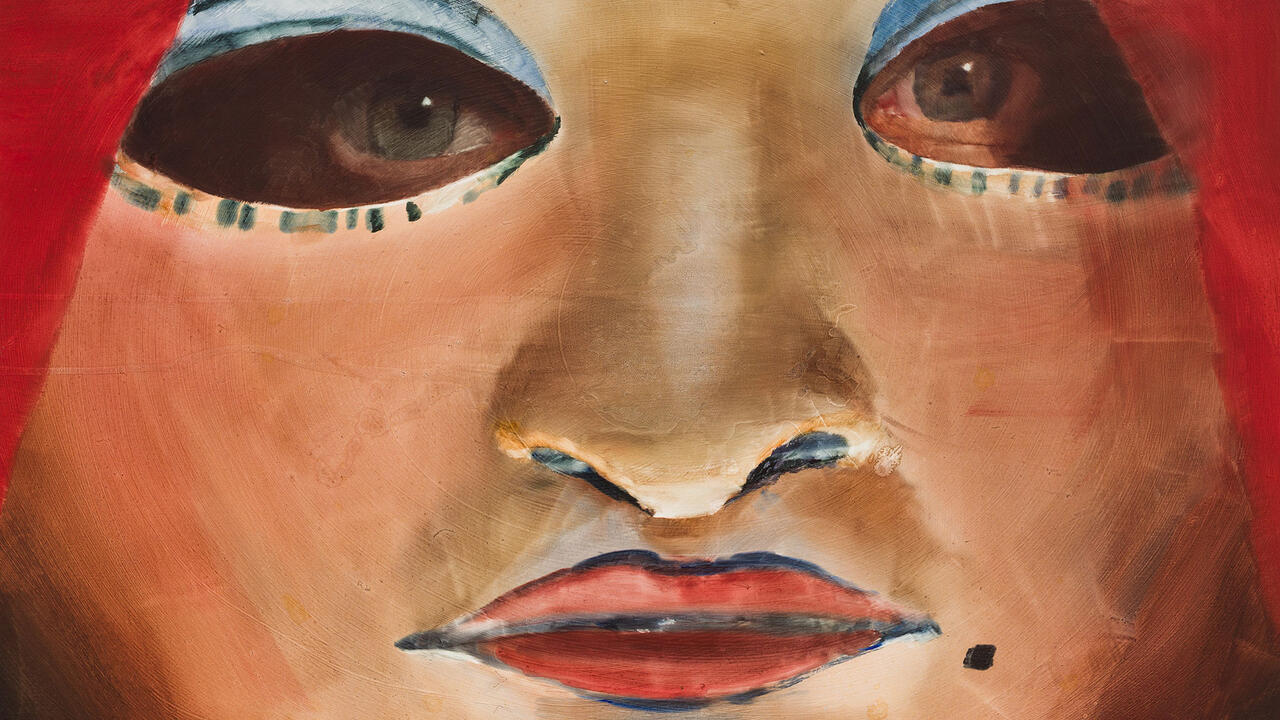Revivals and Reconstructions
A replica of Le Corbusier’s Cabanon at RIBA, London
A replica of Le Corbusier’s Cabanon at RIBA, London

In Britain over the last year or so there has been a major Le Corbusier revival, with the publication of several books and a major retrospective that recently moved from Liverpool to the Barbican. Initially, it’s puzzling as to why this patriarch of classical Modernism should now be revived. One clue to this puzzle might be the cover of a recent issue of The Architects’ Journal, on which the late French designer Charlotte Perriand reclined on her and Corbusier’s famous chaise-longue; explicitly presented as a salve and relief amidst massive redundancies in the architectural profession, the heading was ‘Lie Back and Think of Corb’. Another clue might be that, bar a temporary exhibition stand, the architect embarrassingly never designed a building for this country. Nonetheless, while Corbusier’s alleged influence on post-war British architecture – whether explicitly claimed or otherwise apportioned – has ranged from the one-time ‘finest low-cost housing development in the world’, London’s Alton Estate, to the interminable system-built tower blocks of most British cities, curators and critics are eager to disassociate him from these developments.

However, given that architecture can’t be wholly encompassed by books and exhibitions, reconstructions of Corbusier’s own works were inevitable. Open until the end of April, The Royal Institute of British Architects (RIBA) in London now features, inside its huge central atrium and its spectacularly opulent café, a 1:1 replica of Le Cabanon, a 1952 beach hut which was one of very few structures designed by the architect for his own use (although not, contrary to the press bumph, the only one). The reconstruction sticks to the interior’s precise dimensions, but does not attempt to reconstruct the wooden exterior. Instead there is a black façade which is in fact a blackboard, with chalk to inspire ‘participatory’ interaction with what was originally an intensely private space. The result is scribbled Corbusian logos – the open hand, the Modulor man – bad poetry and an ‘I woz ere’. Plastic bags are provided to put over your shoes, so the simulation is not besmirched.

Corbusier, his wife and Jean Badovici, photographed by Eileen Gray
As to the place itself, it is a tiny, but remarkably well-organised space. A toilet behind a red curtain, a series of replica murals in Corbusier’s sub-Picasso painterly manner, and the meticulously replicated furniture, all of it in a warm, subtly curved wood, alongside a painfully monastic bed for the architect and his wife. Modernist architects were often fixated on reductions to the existenzminimum; Le Cabanon is an elegant proof that this didn’t necessarily lead to blank cells, and this elegance is a testament to the Modulor, the architect’s wildly overambitious system of proportion, intended to replace metric and imperial measurements. Yet it’s the contradictions created by Le Cabanon’s wrenching from its context that makes the reconstruction an unintentionally intriguing exercise.

E-1027, designed by Eileen Gray
Le Cabanon was originally designed for Roquebrune-Cap-Martin in the south of France. The location was mainly due to Le Corbusier’s prolonged obsession with another architect’s work. Nearby is E-1027, an idyllic, machinic house designed in 1926 by Eileen Gray, in collaboration with her partner Jean Badovici (the name is a code for the couple’s initials). To Gray’s horror, Le Corbusier drew a pornographic mural (pictured below) on the walls a few years after she had moved out of the house.

Corbusier later tried and failed to purchase E-1027, and, in 1965, he died in the Mediterranean in sight of it, during a stay at Le Cabanon. Historian Beatriz Colomina has suggested that the graffiti on Gray’s house and the placement of Le Cabanon were part of a complex game on the part of Le Corbusier, a misogynist assault on his female contemporary or a jealous attempt to claim her work as essentially his own. Unable to engage with this, the RIBA’s reconstruction projects kitschy photos of the Riviera onto the windows.

RIBA exterior
On leaving Le Cabanon, the contrast between the cabin and the RIBA café in which it is housed is enormous. The building, designed by Grey Wornum in 1932, is a compellingly overblown exercise in Mussolini-moderne stripped classicism – all expensive materials, sculptures and high ceilings. The tension encapsulates the two conflicting fetishes of modern architects: space, prestige and luxury versus self-abasing minimalism. You can see this too in an accompanying competition, where contemporary architects and the public are asked to sketch ‘a Cabanon’, an ascetic hut for calm and contemplation. The architects’ sketches are roughly divided between micro-icons and bare cabins, or in the case of British architect Piers Gough’s Swiftian proposal, shipping containers.














